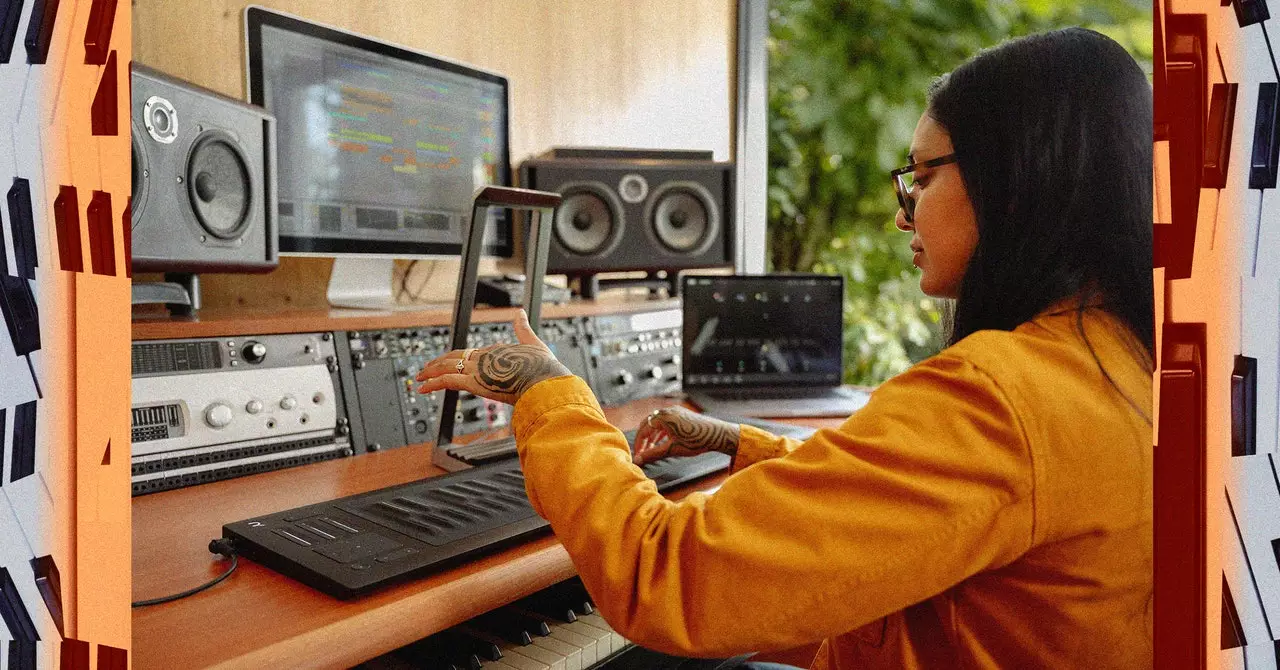In a world where technology is rapidly transforming how we learn and interact with art, the realm of music education is no exception. Roli’s latest innovation, the Airwave, aims to revolutionize not only how we learn to play instruments but also how we engage with musical concepts in real-time. This article explores the potential of the Airwave technology and its implications for the future of music education as we transition into an era defined by artificial intelligence (AI).
Traditional piano lessons have long been the gold standard for aspiring musicians, providing invaluable personalized instruction. Yet, the conventional model does present limitations. Time constraints, varying availability of teachers, and costs associated with lessons create significant barriers for many eager learners. Roli’s Airwave seeks to dismantle these obstacles by offering an autonomous learning experience that can operate on the student’s schedule.
CEO Lamb emphasizes that while the companionship of a teacher is irreplaceable, the Airwave technology is engineered to fill these gaps by facilitating continuous learning. For students who may not have the luxury of consistent instructor access, this innovative device ensures that practice remains productive, thus making lessons available to a broader demographic.
AI integration in the Airwave is not merely about adding a fancy layer of technology; it represents a paradigm shift in how students can interact with musical concepts. The incorporation of OpenAI’s ChatGPT allows learners to use voice commands to control their practice session dynamically. Imagine being able to ask questions on-the-fly, from basic chord structures to advanced music theory issues, all while your hands remain on the keys.
While some critics might argue that this does not replace the nuanced insight of a human teacher, it provides immediate access to information that would otherwise require extensive searching. In this sense, the Airwave introduces a new, faster mode of acquiring knowledge, responding to questions about the intricacies of time signatures or the nuances of various musical styles.
One notable aspect of Airwave is its unique ability to transform passive learning into an engaged experience. Rather than relying solely on instruction through traditional means like sheet music or video tutorials, this device stimulates interaction in meaningful ways. For instance, a player can visually see the notes on the screen that correspond to a question about a C minor chord – an immediate visual supplement that reinforces learning.
Lamb notes the current inefficiency in how people practice piano is a concern that the Airwave hopes to address. With the instant feedback the technology provides, students can actively refine their technique in conjunction with theoretical understanding – creating a more holistic learning process.
Advanced Capabilities for Professionals
Beyond being an educational tool, the Airwave also targets seasoned musicians interested in advancing their production skills. By emulating some characteristics of a theremin, musicians can manipulate sound parameters through gestures due to the advanced tracking capabilities of the device. The concept of modulating sound using physical interactions is not only innovative but also expands the creative possibilities during music production.
The ability to control aspects like pitch and frequency through hand movements opens doors to a more intuitive and organic composing experience. As technology continues to advance, the promise of additional features and movements suggests that the Airwave will keep evolving, capturing the complexities of sound manipulation in ways previously thought to be reserved for specialized equipment.
In a rapidly changing musical landscape, Roli’s Airwave represents a promising leap towards a more efficient and interactive form of learning and creation. While the presence of AI raises questions about the nature of music education, it is essential to view innovations like Airwave not as replacements for traditional methods but as valuable supplements. By merging technology, accessibility, and creativity, we may ultimately enrich the experience of learning music for generations to come. As instruments evolve and integrate with AI, the future for both novice learners and seasoned professionals appears encouragingly bright.


Leave a Reply